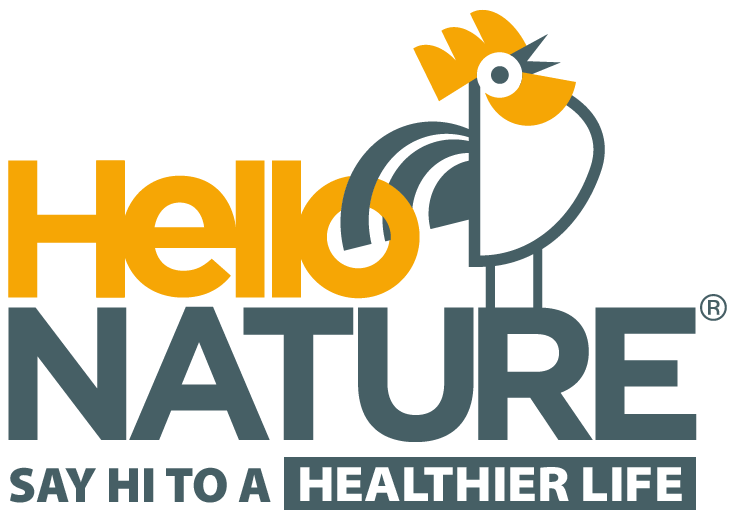Summary of Protein hydrolysate-based biostimulants: origin, biological activity and application methods.
Biostimulants: Uses and Activity in Agriculture
Protein hydrolysates (PHs) represent a crucial group of biostimulants: uses and activity in modern agriculture. These substances are mixtures of polypeptides, oligopeptides, and amino acids, obtained through the partial hydrolysis of protein sources. They are typically applied as foliar sprays or near the root zone, offering versatile solutions for enhancing crop performance.
Key Characteristics and Application Timing of Biostimulants
Understanding the chemical characteristics of PHs is essential for maximizing their effects. The timing and frequency of biostimulants: uses and activity applications can significantly influence plant growth, nutrient uptake, and stress resilience. Applying PHs at critical growth stages ensures better absorption and utilization, leading to improved yield and fruit quality.
Effects on Plant Metabolism and Physiology
PHs have been shown to positively affect plant metabolism and physiology. Specifically, they can enhance enzymatic activities, stimulate root development, and increase nutrient assimilation. These physiological changes highlight the importance of biostimulants: uses and activity in mitigating the impact of abiotic stresses such as drought, salinity, and extreme temperatures.
Impact on Yield and Product Quality
Research demonstrates that commercial plant-derived protein hydrolysates, such as the product ‘Trainer,’ can significantly improve crop yield and quality under diverse environmental conditions. By promoting healthier growth and better nutrient use efficiency, biostimulants: uses and activity contribute directly to agricultural productivity and sustainability.
Practical Recommendations for Farmers
For effective results, it is recommended to follow specific guidelines regarding concentration, application methods, and timing. Combining PHs with standard fertilization practices can further enhance crop performance while supporting environmentally friendly agricultural practices.
Publication: Acta Horticulturae









